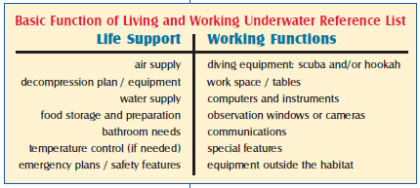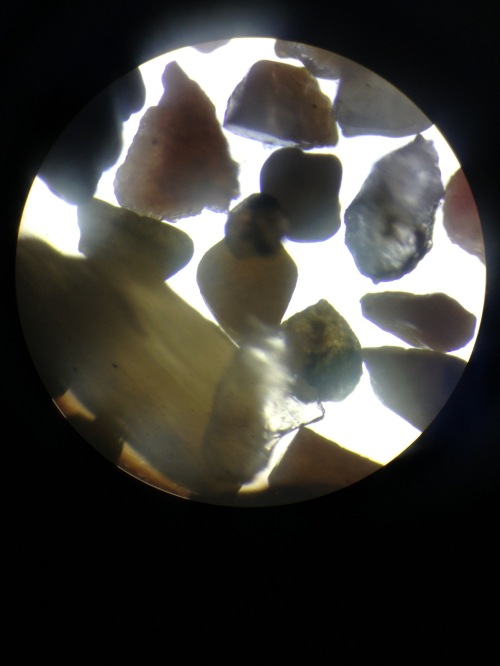This past month chemistry students have been learning how to convert between grams, molecules, and moles, so each day the bell-ringer/do-now/QOD assignment was a calculation of molecules of something familiar: chalk, candle wax burned, nicotine, aluminum foil, etc. I believe that each day’s practice helped solidify their understanding of the concept. So one day I asked how many molecules in a snow flake. Since we had to start with a mass, and I did not have time to determine the mass of a single snowflake, I turned to the internet and found Archimedes Notebook: How much does a snowflake weigh? Thus, I gave the students the following information
Most snowflakes weigh from 0.001 to 0.003 grams, with a heavy snowflake coming in at 0.02 grams. Choose a mass within that range and calculate the number of molecules of water in the snowflake.
Thus, different students came up with different numbers of molecules, giving us a range of data. Note:
The largest snowflake ever seen was 8 by 12 inches and was reported to have fallen in Bratsk, Siberia in 1971.
Most students elected to use the average of the lower two numbers, and calculated as follows:

That is a lot of molecules. Adding or subtracting just one molecule of water would result in a unique snowflake. And considering that water is a polar molecule, the hydrogen bonding arrangement possibilities is mind boggling.
Then we have to consider factors that affect how a snowflake develops. NOAA gives this simplified explanation, which still is not the entire story:
A snowflake begins to form when an extremely cold water droplet freezes onto a pollen or dust particle in the sky. This creates an ice crystal. As the ice crystal falls to the ground, water vapor freezes onto the primary crystal, building new crystals – the six arms of the snowflake.
…The intricate shape of a single arm of the snowflake is determined by the atmospheric conditions experienced by entire ice crystal as it falls. A crystal might begin to grow arms in one manner, and then minutes or even seconds later, slight changes in the surrounding temperature or humidity causes the crystal to grow in another way. ~ NOAA
From snowcrystals.com we get a bit more information:

Snowflake Morphology
We see that thin plates and stars grow around -2 C (28 F), while columns and slender needles appear near -5 C (23 F). Plates and stars again form near -15 C (5 F), and a combination of plates and columns are made around -30 C (-22 F). Furthermore, we see from the diagram that snow crystals tend to form simpler shapes when the humidity (supersaturation) is low, while more complex shapes at higher humidities. The most extreme shapes — long needles around -5 C and large, thin plates around -15 C — form when the humidity is especially high.
PBS tried to get a definitive answer to this question “So is it really true that no two snowflakes are alike?” from physicists Kenneth Libbrecht, a physics professor at the California Institute of Technology and avid snowflake photographer, and John Hallett, director of the Ice Physics Laboratory at the Desert Research Institute in Reno, Nev., and got the following response:
“It’s like shuffling a deck and getting the exact same shuffle for 52 cards,” Libbrecht said. “You could shuffle every second for the entire life of the universe, and you wouldn’t come close to getting two of the same.”
So, there you have it. While not impossible, it is highly unlikely given that there are a trillion, trillion, trillion (a 1 with 36 zeros!) different types of snowflakes.
Read Full Post »





